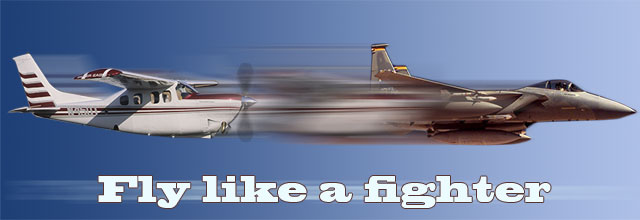
The Air Force has an extremely detailed maintenance program spelled out in the regulations. These include rules for routine inspections based on calendar, engine, and flight times as well as the rules for grounding and then returning an aircraft to flight status. After every mission, and before the flight debrief, we always debriefed with our maintenance team. If we had any write-ups, they would use the minimum equipment list (MEL) to determine whether the jet could fly with the open squawk or whether the jet needed to be grounded, and the item fixed, before it could fly again.
 As a new pilot, I realized how much I didn’t know about the jet despite the long hours spent in and out of the classroom studying my systems lessons. It was only through time, including learning from other pilots and maintenance experts, that I really began to understand how the jet really worked. This concept was indirectly incorporated into the Air Force maintenance program.
As a new pilot, I realized how much I didn’t know about the jet despite the long hours spent in and out of the classroom studying my systems lessons. It was only through time, including learning from other pilots and maintenance experts, that I really began to understand how the jet really worked. This concept was indirectly incorporated into the Air Force maintenance program.
There is a hierarchy of who can fix, and who can sign off, certain discrepancies. Smaller items could be carried as open write-ups until the jet went in for other maintenance. With enough hours in the jet, a pilot could clear some of these write-ups if the discrepancy didn’t show up on a later flight. More significant items required a senior maintenance technician to sign off. Progressing up the food chain, other items required not only a senior maintenance technician inspection but also an operational check flight by an experienced pilot. Finally, repairs such as engine swaps or work on the flight control system required a functional check flight by a highly trained pilot—essentially a maintenance test pilot. When I was an F-15 FCF pilot, I learned more about the jet than ever before, not only because I tested every system the pilot had access to, but also I spent lots of time discussing maintenance items with the maintenance specialists.
Flying an FCF profile required a 3,000-foot ceiling before we could launch. There was a higher likelihood of things going wrong, and adding instrument conditions into the mix just didn’t pass the risk-management test.
As a general aviation pilot, you get to make the calls on continuing to fly, or grounding an airplane. That starts with knowing your airplane’s MEL, or required items for VFR, night, and IFR flight from 14 CFR Part 91. You also have the responsibility to learn your aircraft systems well enough to know what is good, bad, and not quite right. If your experience level is low, find others you can call on for help—including pilots and maintenance experts.
After any maintenance, you are your own test pilot. After an oil change, is your next flight a 500-nautical-mile trip, or a 10-minute trip around the traffic pattern followed by a visual inspection under the cowling for any leaks? With a new alternator, when do you next fly IFR? After an annual inspection, do you conduct a test flight before loading up with passengers and taking off for the Bahamas? I just had new GAMI injectors installed on my Cessna P210, and as of this writing at the end of November, I’m still waiting for good VFR minimums to take the airplane up for a test flight before leaving the traffic pattern again.
You don’t have to create an Air Force sized maintenance program for your small airplane, but you can certainly borrow some of the practices to make your flying just a little bit safer.
Larry Brown of Denton, Texas, is a retired Air Force F-15 pilot who is using the lessons he learned as a fighter pilot as a GA pilot in his Cessna P210. Brown, who has 2,900 hours total time during his 35 years of flying, also was an instructor pilot and flight examiner in the Air Force T-38 and instructor pilot in the T-52, the military’s version of GA’s Diamond DA40. See previous installments of “Fly like a fighter.”


